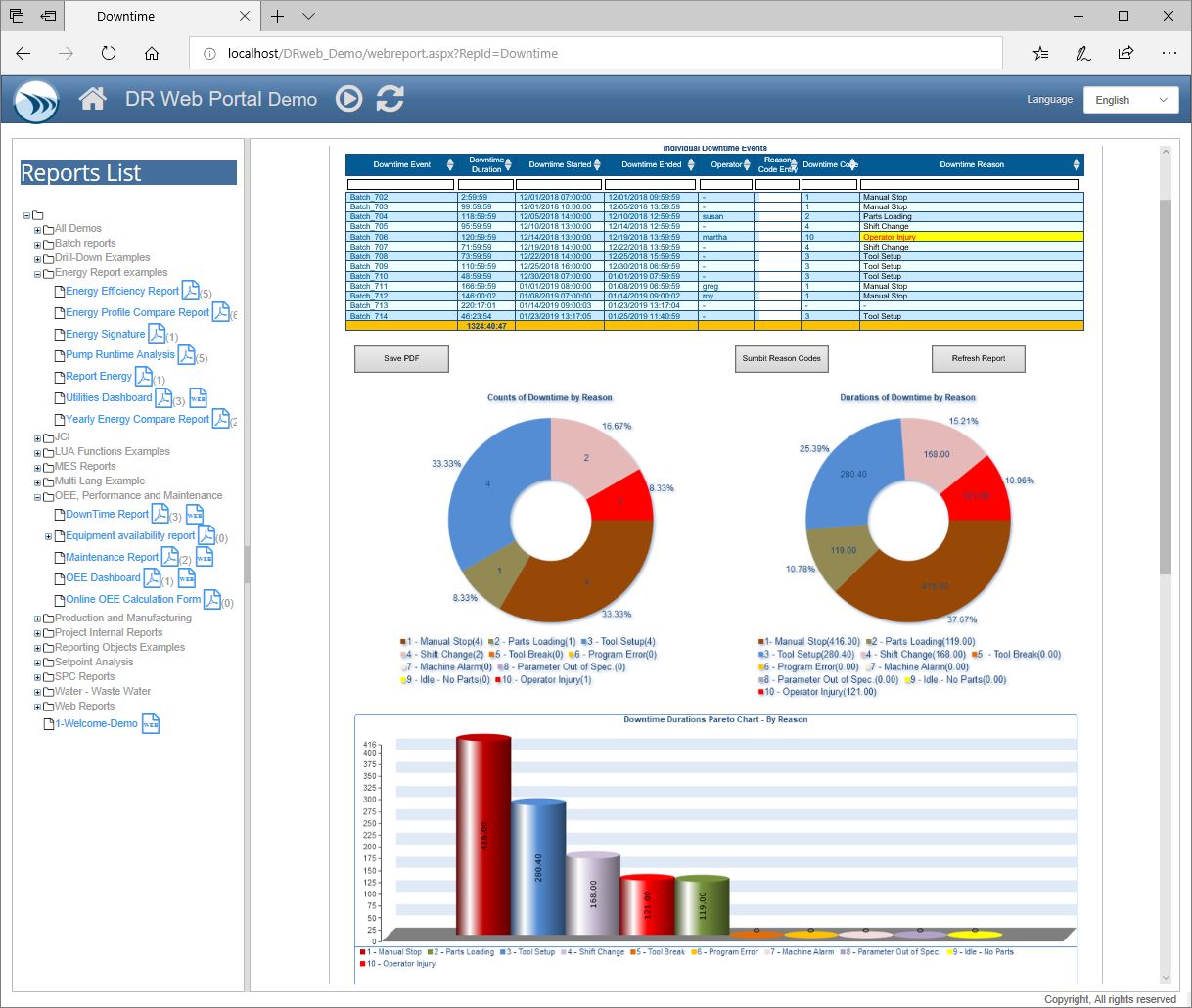The Silent Saboteur: How ERP Machine Downtime Tracking Transformed Our Manufacturing Game
(Keywords: ERP Machine Downtime Tracking, Machine Downtime, Manufacturing Efficiency, Production Optimization, Real-time Data, Shop Floor Management)
I remember the days vividly. The constant hum of machinery, the rhythmic clatter of parts, the smell of oil and metal – it was the symphony of our manufacturing plant. But beneath that familiar rhythm, there was always a low, insidious hum of anxiety. It was the anxiety of the unknown, the fear of the dreaded "machine downtime."
For years, we managed our shop floor with a mix of experience, gut feeling, and a whole lot of shouting. If a machine went down, chaos would erupt. Operators would scramble, foremen would bark orders, and I, as the production manager, would feel a knot tighten in my stomach. We knew downtime was bad, but we didn’t truly understand how bad, or why it kept happening. This, my friends, is the story of how ERP Machine Downtime Tracking came into our lives and changed everything.
The Ghost in the Machine: Understanding What Machine Downtime Really Is
(Keywords: Machine Downtime Definition, Unplanned Downtime, Production Loss, Operational Costs)
Let’s start with the basics, because for a long time, even we, seasoned manufacturers, only saw the tip of the iceberg. Machine downtime isn’t just when a machine stops working. It’s any period when a piece of equipment, intended for production, is unavailable for operation.
There are two main types:
- Planned Downtime: This is the "good" kind of downtime. Think scheduled maintenance, tooling changes, or quality checks. We plan for it, we allocate time, and we try to minimize its impact.
- Unplanned Downtime: Ah, the silent saboteur. This is the breakdown, the unexpected error, the sudden malfunction. It’s the moment your production line grinds to a halt without warning. This is where the real pain lives.
For us, unplanned downtime was a constant thorn. It wasn’t just about a machine sitting idle; it was about:
- Lost Production: Every minute a machine was down, we weren’t making products. That’s lost revenue.
- Wasted Labor: Operators standing around, maintenance crews scrambling – their time wasn’t being utilized effectively.
- Missed Deadlines: This was a killer. Late deliveries meant unhappy customers, potential penalties, and a damaged reputation.
- Increased Costs: Emergency repairs often cost more. Overtime to catch up, expedited shipping – it all added up.
- Morale Drain: Constant firefighting is exhausting. It wears down the team and breeds frustration.
Our Old Way: A Recipe for Frustration (and Lost Profits)
(Keywords: Manual Downtime Tracking, Inaccurate Data, Reactive Maintenance, Production Bottlenecks)
Before ERP, our "system" for tracking downtime was, well, primitive. Imagine this:
An operator would notice a machine stop. They’d scribble something on a clipboard – "Machine #3 down at 10:15 AM." Then they’d call maintenance. Maintenance would arrive, fix the issue, and maybe, just maybe, remember to write down "Fixed at 11:00 AM, hydraulic leak."
At the end of the day, someone (usually me, or a poor intern) would collect these scattered clipboards, try to decipher handwriting, and manually enter data into a spreadsheet. The results were… optimistic, to say the least.
- Inaccurate Data: Did the operator start the timer at the exact moment? Was the maintenance person rushing and forgot to log the exact cause? Probably not. Our data was patchy, subjective, and often plain wrong.
- Lack of Real-Time Visibility: By the time I saw the data, it was hours, if not a full day, old. It was like trying to navigate a ship by looking at a map from yesterday.

